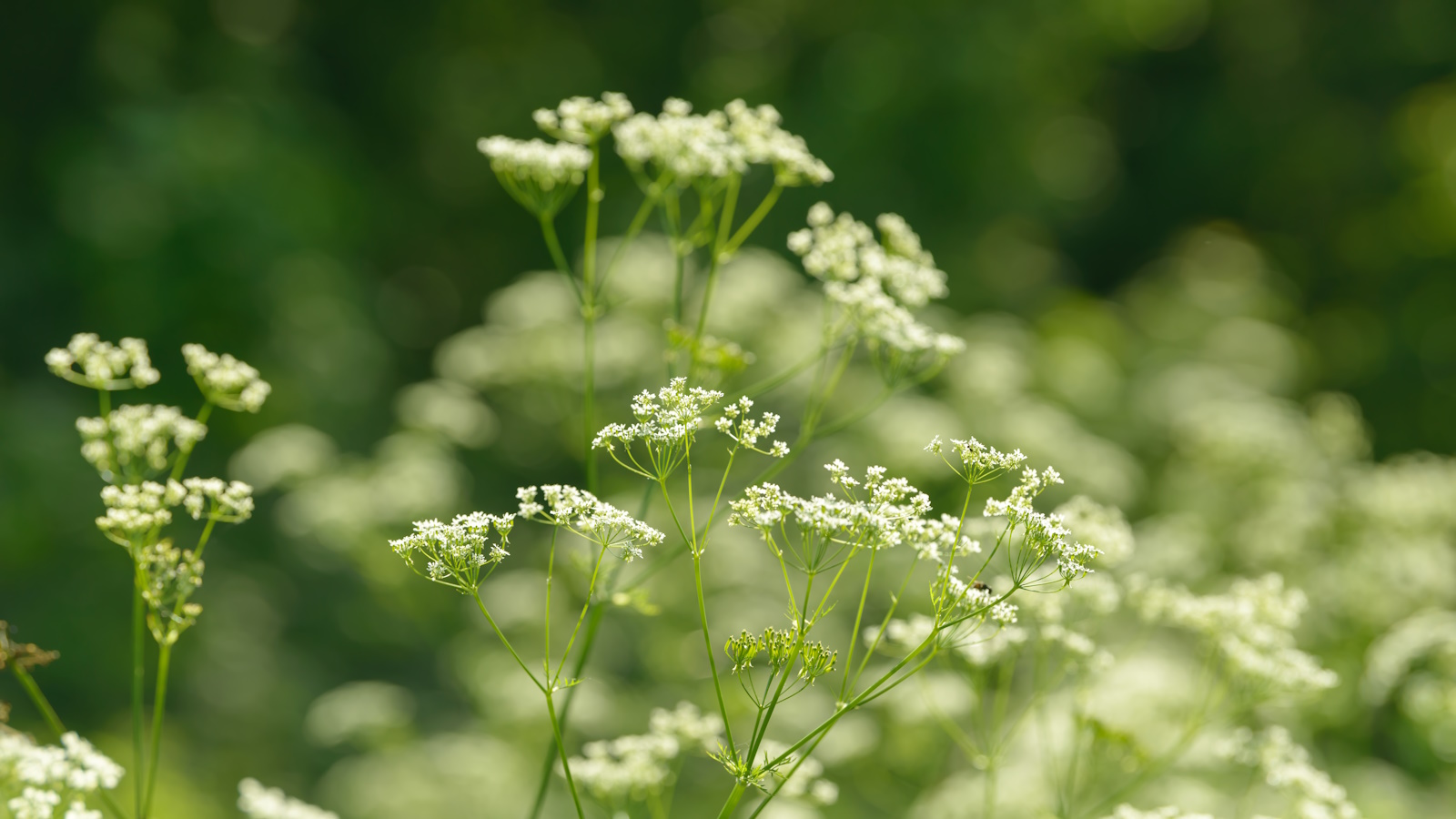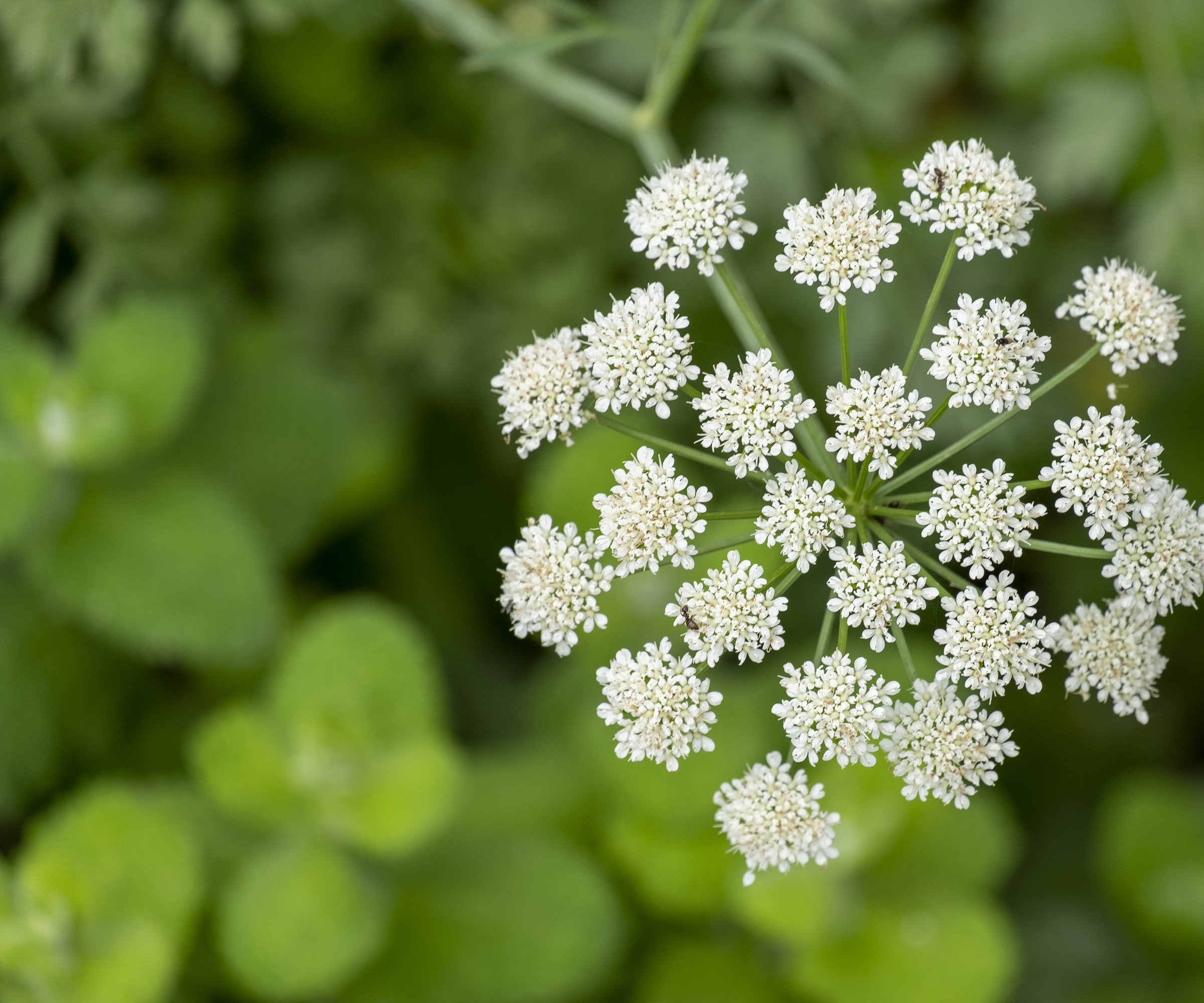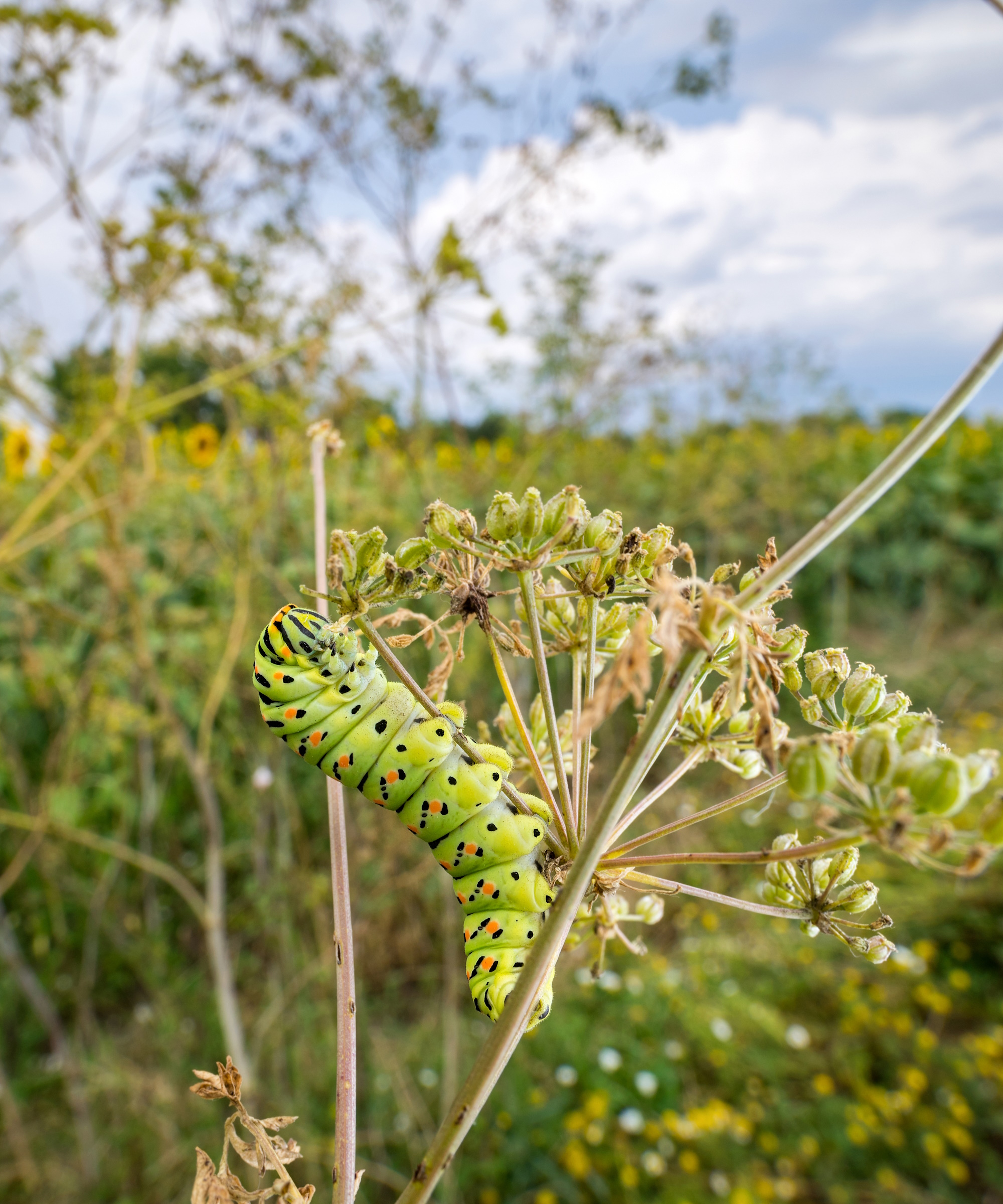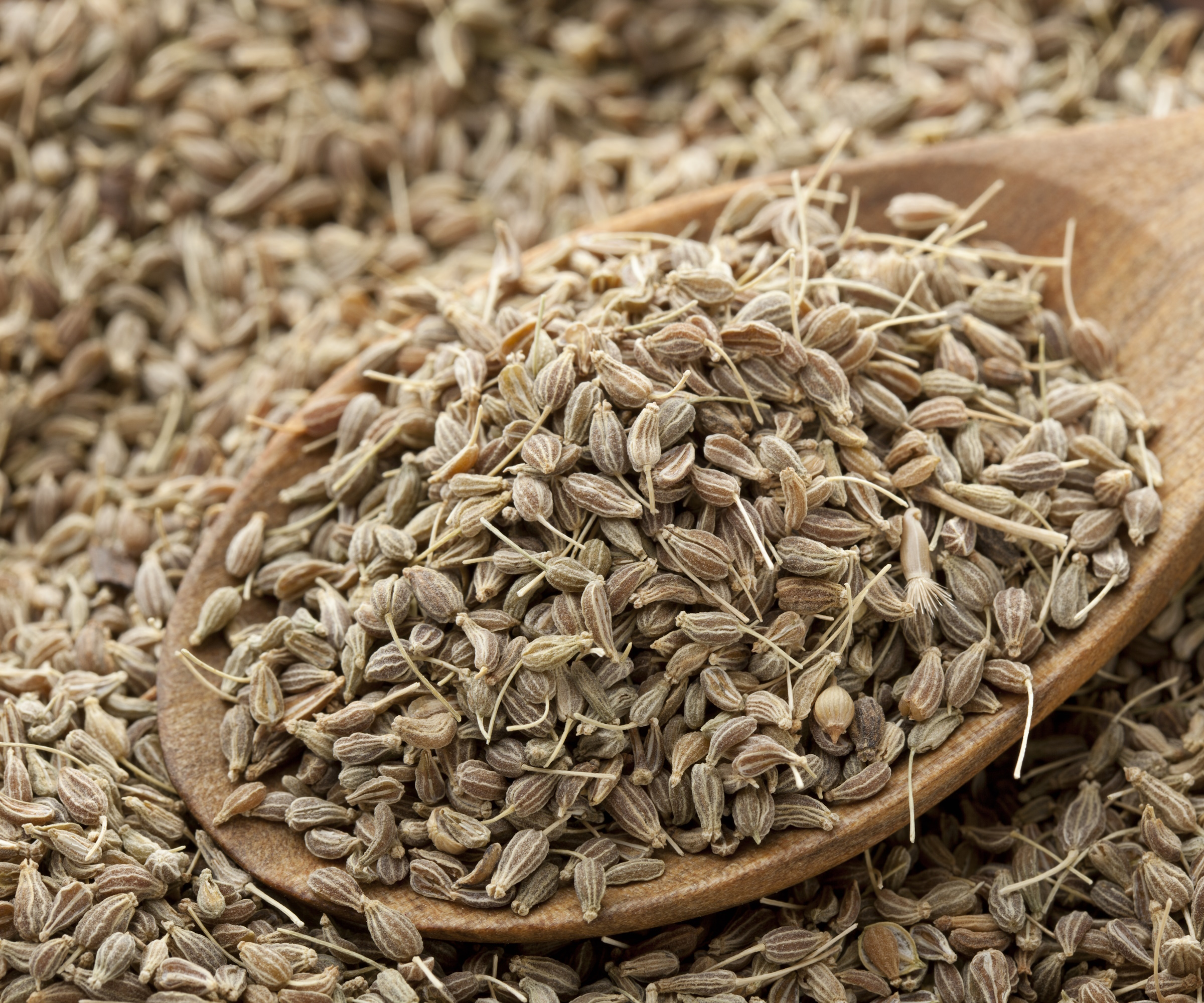How to grow anise and harvest its seeds – this aromatic edimental will add whimsical charm to your yard
Anise is a versatile herb, producing edible flowers and seeds


Anise, scientifically known as Pimpinella anisum, is a dainty, flowering annual herb known for its signature sweet licorice scent. Originating in the Mediterranean region, the herb is often used in cuisines around the world today.
There are several different varieties of anise found in herb gardens, including the much treasured star anise native to China and Vietnam, which symbolises protection, luck and intuition. But the two main varieties of anise are green and brown Pimpinella anisum, and neither of them are particularly difficult to grow.
Here, with the help of experts, I reveal everything you need to know about growing anise, from what light levels it requires to exactly how to harvest its seeds.
How to grow anise
Anise is a member of the apiaceae family, and their pollen type is particularly loved by bees. So if you're looking to expand on your spring garden ideas, your yard's wildlife will find a great food source in anise. Here's what you need to know about growing your own.
Growing habits of anise

Paul LeBlanc, owner of Bloomist, says, 'Often confused with star anise - a spice from an entirely different plant but with a similar flavor profile - anise stands out for its unique culinary versatility, making it an 'edimental'. From the spiced warmth of Indian masala chai and the sweet notes of Italian pizzelle cookies to classic French pasties and Middle Eastern spice blends, anise seeds are a star ingredient that plays well in both sweet and savory dishes.'
Growing outside in USDA plant hardiness zones 4-8, anise is a fast-growing flowering annual, commonly flowering to produce white or creamy yellow clusters of blooms during the summer. It's best to place pre-grown plants in the ground a few weeks before the last frost to give them time to develop in the soil prior to peeking out in spring.
Since anise plants can reach heights of up to two or three feet tall on slender stems, it isn't uncommon to see them supported by a stake outdoors to keep them upright, especially in windier climates.
If you look after your anise well, you can actually consume all parts of the plant, from its leaves to its flowers and seeds. Each piece works harmoniously to elevate different cuisines, with the leaves often used to brew teas, and the flower petals and seeds becoming ingredients within salads or biscotti.

Paul LeBlanc owns Bloomist, a purveyor of sustainable, nature-inspired garden accessories and home decor. Celebrated for timeless design and exceptional craftsmanship, Bloomist curates hand-thrown pots, live plants, artisan-crafted accents, and garden essentials, all crafted to deepen connections with the natural world.
Care guide for anise

Soil: Anise prefer sandier, well-draining soil which is either neutral or slightly alkaline. Sally McCabe, Associate Director of Community Education at the Pennsylvania Horticultural Society (PHS), says, 'To help improve your garden soil and get it to the right consistency, you can mix in compost. Doing this can also help alter the soil's pH and moisture retention.' Mixing in either the Miracle-Gro performance organics soil from Amazon or the Coarse silica sand 2.7lb, also from Amazon, should do the trick.
Light: Full sun is by far the preference of anise, with the plant requiring at least 6-8 hours of it per day. If you're unsure how much light your anise is getting, investing in a tool like this 4-in-1 soil moisture meter from Amazon will give you details on sunlight intensity, as well as soil pH and dampness.
Watering: As noted by Paul, 'Anise doesn't like soggy soil but appreciates consistent moisture. Carefully water your anise using a narrow-spouted watering can or the gentle spray nozzle of a hose once or twice a week.' When the top inch of your anise's soil has dried out, it's time to water plants. Though if you live in a rainier climate, your anise may not need this.
Fertilizing: Anise aren't a plant that requires fertilizing though a small amount of fertilizer during the growing season can help produce the best possible blooms. 'I recommend adding a balanced, organic fertilizer once or twice during the growing season to encourage lush growth,' says Paul. The Miracle-Gro performance organics all purpose plant nutrition granules from Amazon can simply be tossed into the soil from their shaker bottle in line with the products dosage instructions.
Pruning: You can prune back long or dying stems using a pair of small shears like the Fiskars 2" plant snips from Target to maintain a nice shape and encourage healthy new growth.

Sally McCabe is the Associate Director of Community Education at the Pennsylvania Horticultural Society (PHS). In this role, she is instrumental in leading PHS’s Garden Tenders and Green City Teachers programs and instructs gardeners and educators through workshops that service hundreds of people annually. Sally prompts change at the neighborhood level by working directly with community members, and has been involved with gardening and horticulture for almost 50 years because she passionately believes that it can change the world, one community garden at a time. For 40 of these years, Sally has been at the forefront of PHS Garden Tenders and Green City Teachers.
How to harvest anise seeds

To harvest your anise seeds, follow this simple guide by Sally containing information on how to harvest the seeds, and how to store your anise seeds for maximum freshness.
'Your anise seeds are ripe when they go from green/brown to brown/grey,' says Sally. 'If you're at that stage, there are two main ways to harvest the seeds of your anise: the bag method and hand picking. Here's how to carry out each one:'
The bag method
- 'Cut any ripe anise, leaving enough stem to tie together in a bunch
- Band your stems together in bundles of around ten
- Hang your bunches of anise in a perforated paper bag to dry or alternatively hang them in a cool, dark, dry place for a week
- Shake the bag to dislodge the seeds from your dried anise stems
- Sift out your seeds to remove random stem pieces
- Once your seeds totally dried out, put them in airtight container for safe seed storage'
Handpicking
- 'Cut off the tops of any ripe anise clusters and collect them
- Remove seeds from stems by hand
- Sift your collected seeds to remove random stem pieces
- Dry your collected seeds in the oven on a low temperature for several hours
- Once totally dry, store the edible seeds in airtight container'
The smallest strainer from the JEEXI set of 3 premium strainers from Walmart along with the ComSaf 4oz glass spice jars with 21 labels from Amazon will have you all set to safely store your anise seeds for three to four years.
Now you know how to grow this variety of anise, why not try grow its counterpart, anise hyssop? It's one of the more unusual herbs, and it produces gorgeous buds of flowers that form similar to those of lavender.
Sign up to the Homes & Gardens newsletter
Design expertise in your inbox – from inspiring decorating ideas and beautiful celebrity homes to practical gardening advice and shopping round-ups.

Ciéra is a writer and regional laureate with particular passions for art, design, philosophy and poetry. As well as contributing to Livingetc, she's an Editorial Assistant for Design Anthology, and a contributing writer for Homes & Gardens and Apartment Therapy. Previous commendations of hers include being Highly Commended by The Royal Society of Literature and receiving a prestigious MA Magazine Journalism scholarship to City University, London.
You must confirm your public display name before commenting
Please logout and then login again, you will then be prompted to enter your display name.
-
 How to clean a patio – 6 different methods, and when you must use a chemical cleaning agent
How to clean a patio – 6 different methods, and when you must use a chemical cleaning agentFrom manual scrubbing, natural solutions or calling in the pros, industry experts reveal the benefits and considerations of each method
By Andy van Terheyden Published
-
 Kris Jenner's favorite air fryer, the Ninja Crispi, is the perfect small kitchen solution – it deserves a place on the most compact of countertops
Kris Jenner's favorite air fryer, the Ninja Crispi, is the perfect small kitchen solution – it deserves a place on the most compact of countertopsKris approves of this compact yet powerful air fryer, and so do our own kitchen appliance experts, praising it for its multifunctionality
By Hannah Ziegler Published